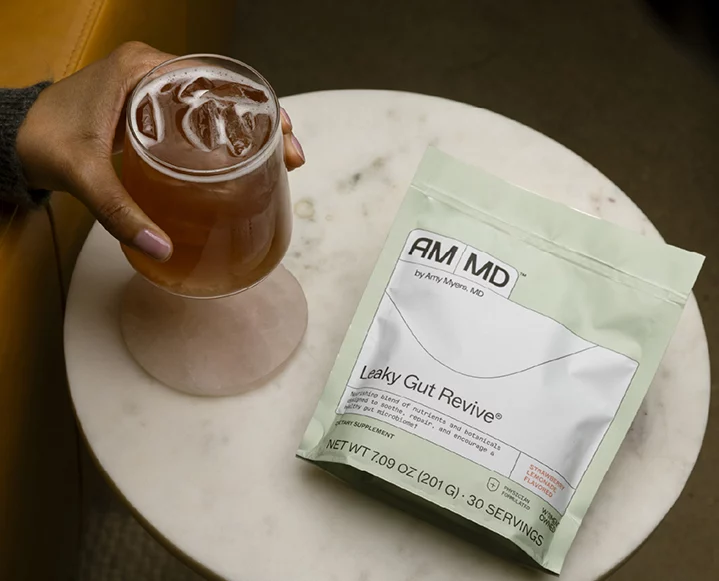sustainable fashion comes in many forms. One of them is living well by what you’ve got. Although these days we more often buy ripped jeans than despair when they break down, we love this sexy repair method for as a functional embellishment – or to keep a tear from going too far.
We recently got our hands on Make + Mend by Jessica Marquez filled with Japanese sashiko-inspired embroidery projects. This method is our favorite in the book. In fact, we’re tempted to ‘mend’ that pricey pair of jeans we bought ripped just to get this look! Imagine this style of stitching on a kitchen linen or the elbow of a canvas shirt. Stay tuned for a few more cool ideas from the book this fall…
This simple and stunning mending technique can be used to reinforce worn and torn garments, as well as household textiles. It’s great for areas that see a lot of wear and tear, like knees, elbows, seams and thinning fabric on much-loved quilts and blankets. It can even be used to repair areas like the inner thighs and crotch on jeans, which as we all know, often thin and rip. Using tightly packed horizontal rows stitches, you can create a firm bond between the thread and fabric that almost appears more woven than stitched.
I first saw this technique on a pair of vintage trousers dating from early-twentieth-century Japan. Both knees were skillfully mended with a mesmerizing repeat pattern of precise dashed lines to protect and reinforce the fabric. So easy, practical and flattering — this may become your go-to mending technique.
Heavy-Duty Mending
Materials:
item to be repaired
measuring tape or ruler
scissors
fabric scraps
sewing thread and needle
sewing pins
mark-making tool
horizontal rows pattern
sashiko thread (Olympus #2 off-white) or button-craft thread
sashiko needle
Directions:
Measure repair. Using a measuring tape or ruler, measure area to be repaired (include any thinning areas). Add at least 1 1/2 inches to all sides — this total will be the dimensions of your patch. The extra 1 1/2 inches provides a seam allowance to tuck the edges under (if desired) and ensures the patch has enough space between the patch edge and the damaged area so the stitches won’t pull through any holes or weak fabric.
Make the patch. Cut a piece of scrap fabric to fit area you measured in step 1. It can be any shape (square, circle, oval or even triangle) as long as it roughly matches your measurements. Because this patch will be on the inside of the garment, no seam is needed.
Baste patch in place. Place a few pins on the edge of the damage as a guide to center the patch. Turn the pant leg inside out and center the patch right side down over the pins. Now pin in place and then baste-stitch around the edge of the patch. Remove pins and turn right side out. Baste around any holes.
Mark pattern grid. Using the ruler and mark-making tool, draw a grid on these patch areas. The vertical lines of the grid should be closely spaced, about 1/8 inch apart. The horizontal lines should be 1/4 inch apart. The space between the horizontal lines is your stitch length (so in this case, 1/4 inch) but can vary depending on personal preference and the amount of fabric you’re stitching through. Alternatively, skip the stitched grid and eyeball stitch placement for a more organic look.
Sashiko-stitch. Use a simple horizontal row pattern. The stitches and the spaces above and below the stitches are the same length. The pattern alternates row by row, creating a checkered effect. Use double-over thread. Tie knots to begin and end a length of thread. Tuck the knots between the patch and garment. To change direction from one row to the next, insert needle at end of one row into the next following the stitch patterning. Pull through. Be careful not to pull the thread too tightly, or the patch may restrict movement when wearing finished garment.
As you stitch, you may find it helpful to adjust the orientation of the garment and how you hold the fabric. Once complete, stitch around the full patch about 1/4 inch from the edge to secure. Remove the basting thread and any grid marks.
Reprinted with permission from Make + Mend, copyright 2018 by Jessica Marquez. Published by Watson-Guptill Publications, an imprint of Penguin Random House LLC.











